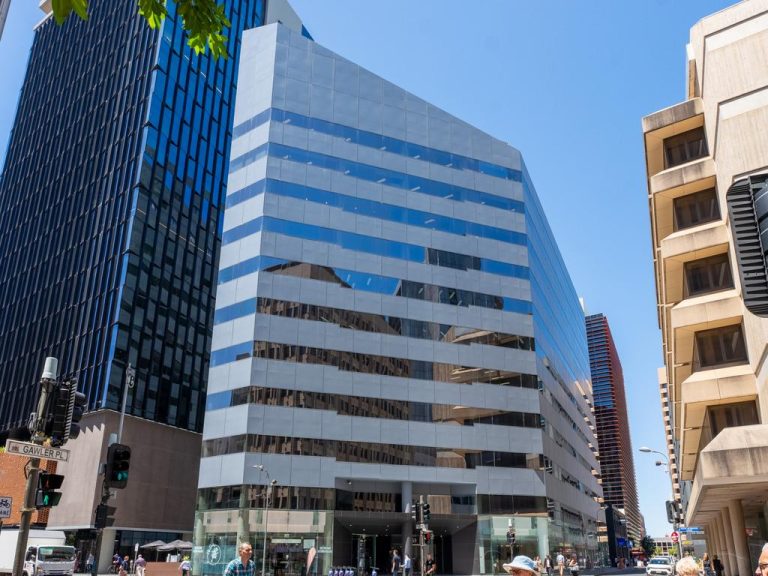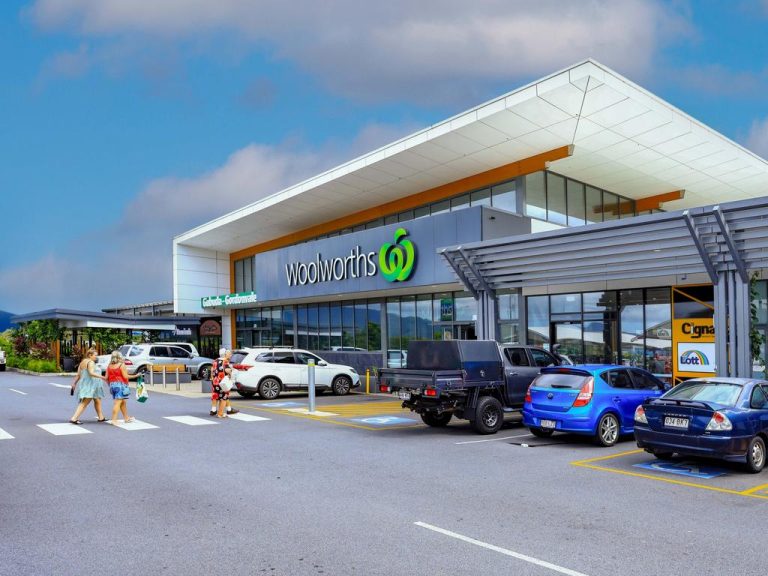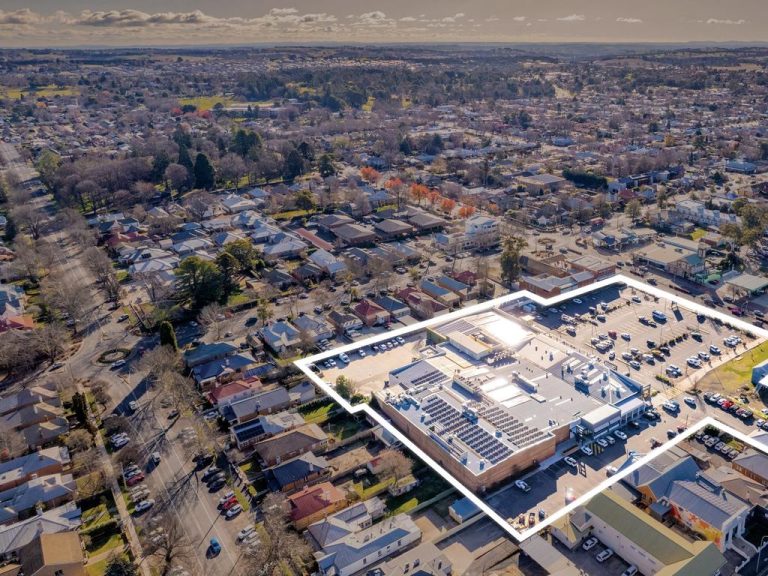Office leasing hit by rising vacancies in lower grade towers as Melbourne soars to 1990s levels
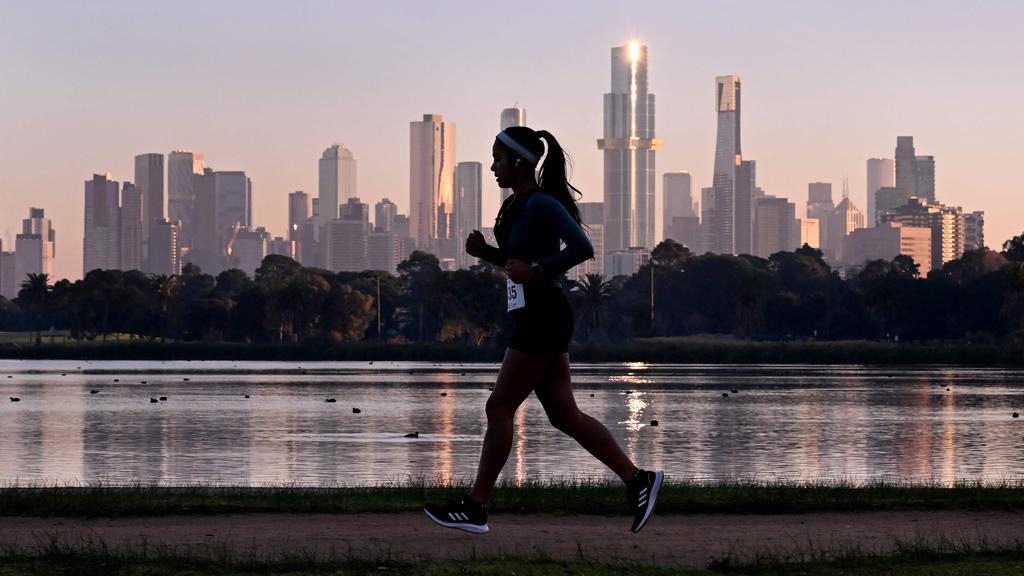
Melbourne’s CBD office vacancy rate has jumped. Picture: AFP
Office vacancy has jumped in Melbourne and lifted in Sydney in a sign the office markets are still dealing with headwinds ranging from the shift to working from home to new towers being developed at a time of weak demand from large tenants.
The once-vibrant central business districts have slowed down, although Brisbane is showing improvement, with fears that older buildings will struggle and tenants will choose to shift into a wave of new towers being developed.
Landlords facing tough conditions have pointed to the significant reduction in sublease space that is available to tenants, taking it as a positive sign that large organisations have found how much space they need in the wake of the coronavirus crisis.
The national CBD office market vacancy rate had risen to 15.4 per cent at the end of June, from 14.4 per cent a year earlier, partly on the back of new towers being completed, JLL Research said. But it noted a shift to positive net absorption where more space was being leased up than hitting the market.
JLL head of research, Australasia, Andrew Ballantyne, pointed to the tougher conditions, which had also driven a slew of job cuts in white-collar firms that anchor large towers. But he said the top end of the office market was holding up.
“The Australian economy has slowed over 2024 and labour market conditions have softened. However, the office market has shown resilience with four of the six monitored CBD office markets recording positive net absorption in the last quarter,” he said.
The Melbourne CBD was the laggard market and recorded negative net absorption of -26,600sq m over the quarter as the city faced a surplus of space in struggling areas.
The Victorian capital’s CBD vacancy rate has increased to 19.6 per cent – the highest level since 1995, when the state was still recovering from the early 1990s recession. It is up from 16.2 per cent at the end of June 2023. Most large-scale commercial property sales have all but ground to a halt as investors stay away due to heavy taxes.
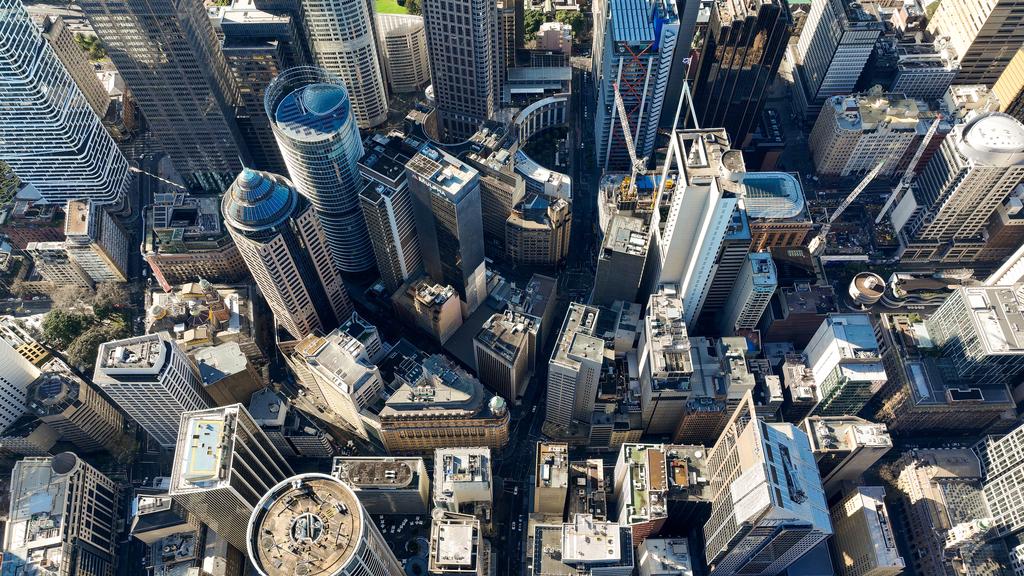
No new developments will be delivered in the Sydney CBD office market on 2025 or 2026.
Mr Ballantyne said that, while the headline Melbourne CBD numbers showed tough conditions, there were some positives in the significant reduction in sublease availability this year. He said leasing inquiry had improved and the premium grade sector of the market recorded positive net absorption in the last financial year.
In Sydney’s CBD, the vacancy rate went from 14.4 per cent at the end of June last year to 15.6 per cent at the end of June this year. That market had net absorption of 10,000sq m in the June quarter, but this masked a big split between top quality and lower-grade offices.
Over the first half of 2024, prime net absorption was 90,600sq m, against a contraction of -67,100sq m for secondary-grade assets, which are struggling to keep tenants.
There is some hope as few new towers will come on line in the short term, despite Charter Hall and Mirvac getting under way on large towers and rivals Lendlease and Dexus planning super-tall towers for after 2030.
“The Sydney CBD office market is moving into the next phase of the cycle,” JLL head of office leasing, NSW, Will Hamilton, said.
“No new developments will be delivered in 2025 and 2026 – the first time since 1995-1996 that the Sydney CBD has experienced two successive calendar years of no new development.”
The Brisbane CBD is faring well, with its ninth successive quarter of positive net absorption in the last quarter and its headline vacancy rate tightening to 10.3 per cent. The prime grade vacancy rate fell to 8.4 per cent – back to 2019 levels – as tenants hunted for space.
Mr Ballantyne said there were limited options in high-quality assets and market rents were rising. But he also pointed to issues emerging nationally with lower-quality assets.
JLL tracks about 4100 office buildings across Australia. About 15 per cent of them have an occupancy rate below 70 per cent and these assets hold almost 60 per cent of total market vacancy. The implications for these unwanted assets could become dire and they may be hard to convert to apartments or hotels. “A proportion of these assets are becoming functionally obsolete and will be classified as structural vacancy,” Mr Ballantyne said.
But market constraints are also hitting the prospects of more offices being built as construction costs have jumped.
“On the supply side of the equation, we estimate the rent required to develop a new asset is 20 per cent higher than two years ago. As a result, new development will only occur at a significantly higher price point and we will see less construction activity over the medium term,” Mr Hamilton said.
He also called out the split between the best buildings and lower-grade assets. “The quality story in the Australian office sector is well-articulated – we continue to see positive inquiry and activity for prime grade assets, while the secondary-grade market is challenging,” he said.
“We also recorded a significant reduction in sublease availability across most office markets – a positive sign that large organisations believe their current footprint is appropriate for new workplace practices.”

